G
guest 77721
Hey Baccusbud,
take a look at my air filter design using two Sterilite containers. The small one must fit inside the large one.
The bottom is cut out of the small tub, I left a small rib in the center to support the screening.
Glue the window screen in place with the epoxy.
The lid of the large box is cut so that the small box with fit into it.
Intake holes are cut into the large box and the dryer adapters are fitted onto it. You can just duct tape it to the side if you don't have the adapters. This is probably the first time that duct tape is actually used for it's intended purpose. The flap is removed from the dryer adapter and I use a hack saw to trim off the pipe on one side.
A computer fan and a dryer hose adapter is fitted onto the lid of the small box.
When the filter is all assembled, I take silicone caulking and seal up crack where the small box goes into the large box lid.
My setup uses 1/2 lb of activated charcoal for a filter depth of 1" that I buy at the pet store. The 1" layer is good for the whole grow.
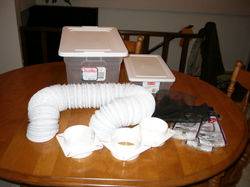
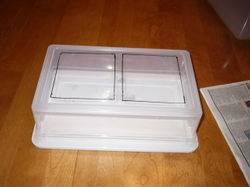
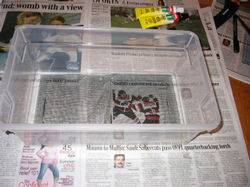
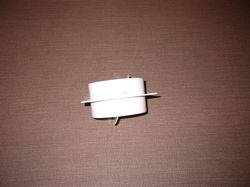
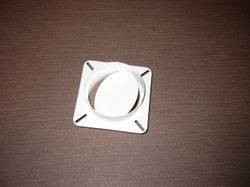
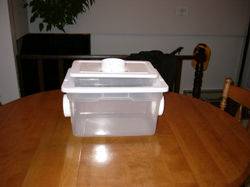
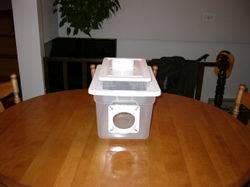
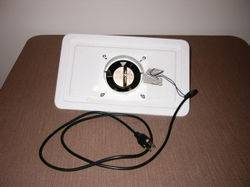
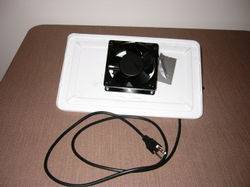
take a look at my air filter design using two Sterilite containers. The small one must fit inside the large one.
The bottom is cut out of the small tub, I left a small rib in the center to support the screening.
Glue the window screen in place with the epoxy.
The lid of the large box is cut so that the small box with fit into it.
Intake holes are cut into the large box and the dryer adapters are fitted onto it. You can just duct tape it to the side if you don't have the adapters. This is probably the first time that duct tape is actually used for it's intended purpose. The flap is removed from the dryer adapter and I use a hack saw to trim off the pipe on one side.
A computer fan and a dryer hose adapter is fitted onto the lid of the small box.
When the filter is all assembled, I take silicone caulking and seal up crack where the small box goes into the large box lid.
My setup uses 1/2 lb of activated charcoal for a filter depth of 1" that I buy at the pet store. The 1" layer is good for the whole grow.


